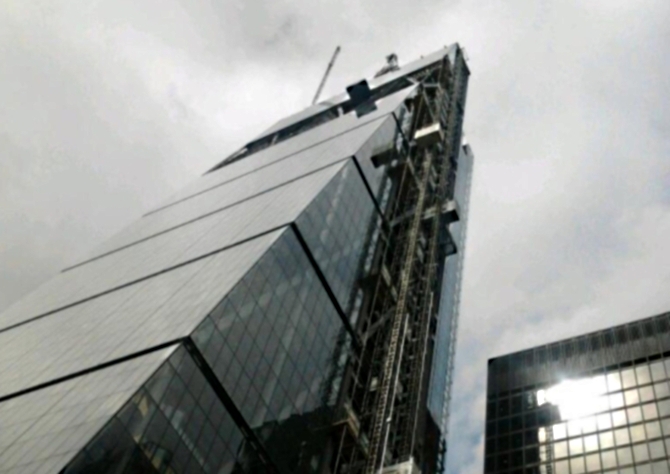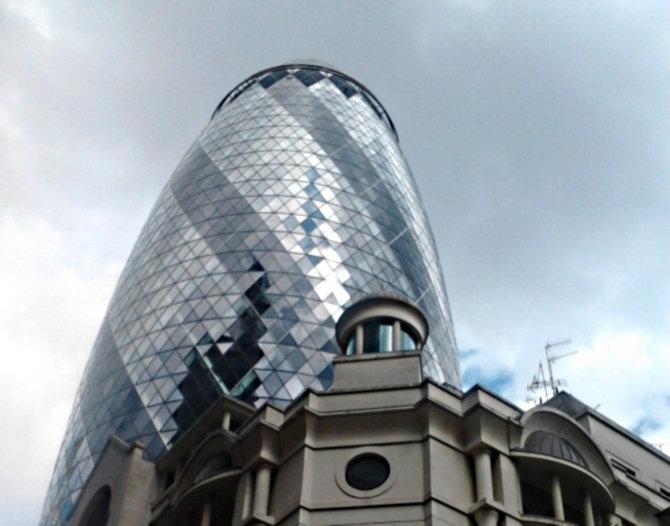The London skyline is easily one of the most recognisable and impressive of any city in the world. However, a number of public figures have now launched a campaign in response to what they see as a threat to the existing skyline, which could potentially see exciting new developments halted in their tracks in the future.

The aim of the campaign is to establish a skyline commission which will in future review all commercial or residential development proposals which would have a direct impact upon the city’s profile.
At present, there are over 200 towers of 20 storeys or above in the construction or planning phase, the majority of which will provide luxury residential accommodation – something which Observer architecture critic, Rowan Moore, believes is not in the long-term interest of London residents.
He says; “It is shocking that such a profound change is being made to a great city with so little public awareness or debate.
“There is also a startling lack of oversight and vision from the city’s leaders – these towers do not answer the city’s housing needs, but respond to a bubble of international investment in London residential property.
“A short-term financial phenomenon will change the city’s skyline forever.”
The majority of the 236 towers due for construction – 77 per cent – are located in central or east London, meaning that their completion will mark the most radical altering of the city’s skyline in over 300 years.
They will join London landmarks such as the Shard, the Cheesegrater and the Walkie-Talkie in being visible for miles; yet despite the protests of the campaign group, it seems that not everyone is against the property boom which is reaching ever greater heights.

In a survey conducted by think tank New London Architecture (NLA), Londoners chose the Gherkin as their favourite building above others including Strata Tower, the Heron Tower and St George Wharf. At the other end of the scale, however, was the Barbican, which only received two votes and gained the title of Londoners’ least favourite tall building.
The aforementioned campaign group certainly seems to believe that Londoners have become disenchanted with skyscrapers, but the poll indicates otherwise.
45 per cent of respondents believed that tall buildings have played a pivotal role in improving the London skyline, while 61 per cent claim they would be happy to work in one should the opportunity present itself – although, unfortunately for the developers of London’s luxury residential blocks, only 30 per cent would be willing to live in one.
Chairman of the NLA, Peter Murray, made the point that aesthetically pleasing buildings can prove an asset to any city’s skyline.
He says; “I am pleased to see that more people these days are in favour of tall buildings than against – well designed towers in the right place can enhance the skyline. Equally, bad ones do the opposite; we must be vigilant.”
Which side of the argument do you fall on – is it important to capitalise on development opportunities even if this means sacrificing the London skyline?
Previous Post
Manchester City Tower on the Market